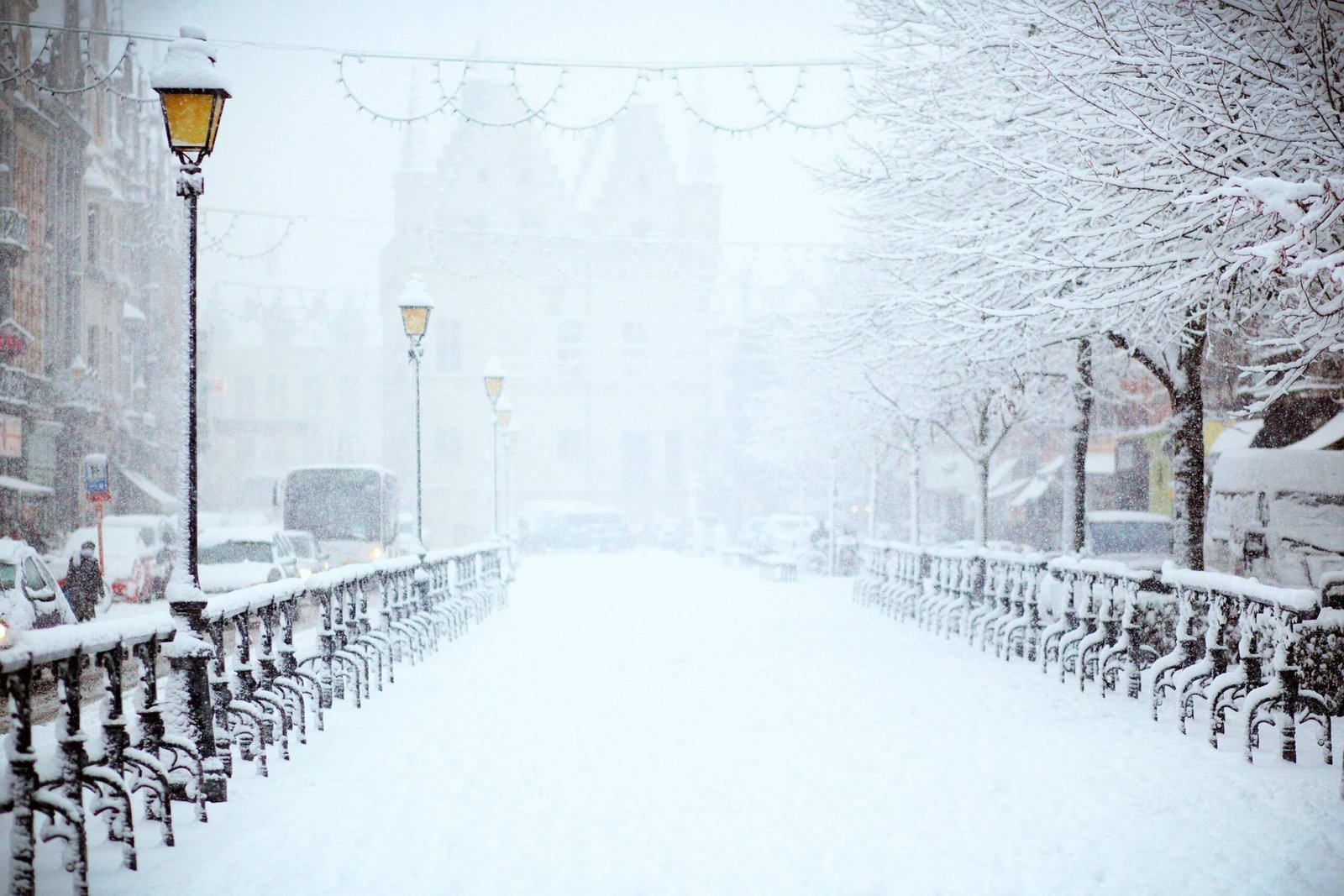
Winter can be a harsh season, and it’s important to take the necessary steps to protect your home from the potential damage that cold weather can bring. One crucial aspect of winterizing your home is safeguarding your piping, lawn sprinkler systems, and hose bibbs. In this article, we will provide you with helpful tips to ensure that these areas are properly prepared for the winter months.
1. Protecting Your Piping
When temperatures drop below freezing, unprotected pipes can freeze and potentially burst, causing extensive damage to your home. Here are some tips to prevent this:
- Insulate exposed pipes: Insulating pipes in unheated areas such as basements, attics, and crawl spaces can help prevent them from freezing. Use pipe insulation sleeves or wraps to provide an extra layer of protection.
- Seal gaps and cracks: Inspect your home for any gaps or cracks near pipes and seal them with caulk or insulation. This will help prevent cold air from reaching the pipes.
- Keep cabinets open: If you have pipes located in cabinets, such as under the kitchen or bathroom sink, keep the cabinet doors open to allow warm air to circulate around the pipes.
- Drip faucets: On extremely cold nights, allowing a small trickle of water to flow through faucets can help prevent pipes from freezing. Moving water is less likely to freeze.
2. Winterizing Lawn Sprinkler Systems
Lawn sprinkler systems can be susceptible to damage if not properly winterized. Here’s what you need to do to protect your system:
- Turn off the water supply: Locate the main water supply valve for your sprinkler system and shut it off. This will prevent water from flowing through the system during freezing temperatures.
- Drain the system: Use compressed air or a manual drain valve to remove any remaining water from the sprinkler lines. This will prevent freezing and potential damage to the pipes.
- Insulate above-ground components: If you have above-ground components, such as backflow preventers or valves, make sure to insulate them with foam insulation covers. This will provide an extra layer of protection against freezing temperatures.
3. Protecting Hose Bibbs
Hose bibbs, also known as outdoor faucets, are another area that requires attention when winterizing your home. Follow these steps to prevent them from freezing:
- Disconnect and drain hoses: Remove any attached hoses from the bibbs and drain them thoroughly. Storing them indoors for the winter is recommended.
- Insulate hose bibbs: Install foam insulation covers over outdoor faucets to protect them from freezing temperatures.
- Shut off the water supply: Locate the shut-off valve for your outdoor faucets and turn it off. This will prevent water from flowing through the bibbs during freezing weather.
By taking these steps to winterize your home, you can protect your piping, lawn sprinkler systems, and hose bibbs from potential damage caused by freezing temperatures. Remember, prevention is key when it comes to avoiding costly repairs and ensuring the longevity of your home’s essential systems.
Stay warm and safe this winter!

